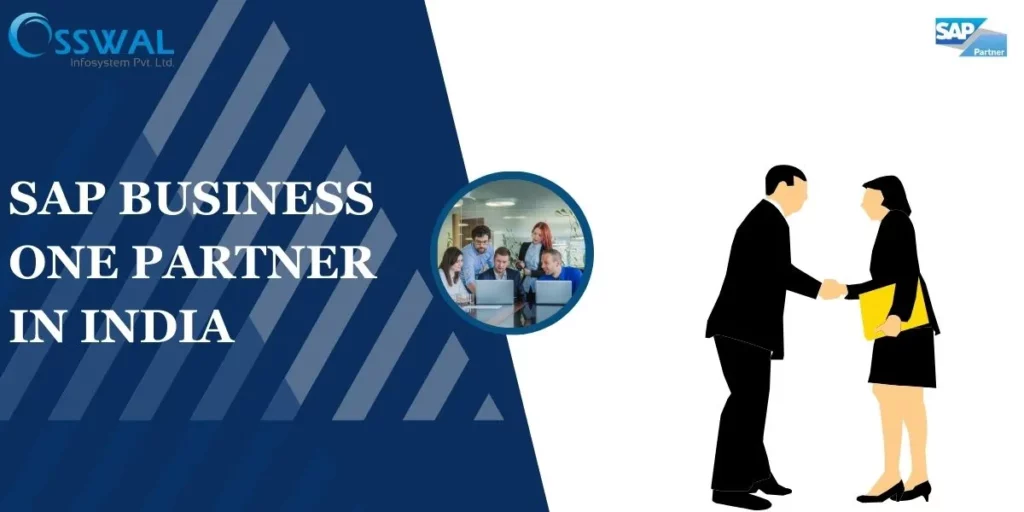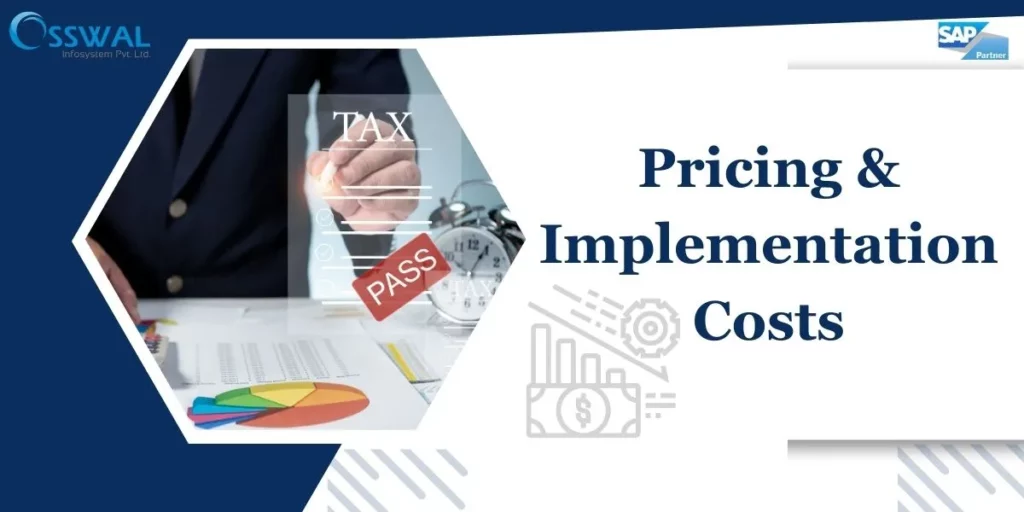
FMCG Manufacturing: Manual vs SAP Business One Efficiency
The Fast-Moving Consumer Goods (FMCG) manufacturing industry operates in an environment where speed, accuracy, and cost-efficiency define success. From sourcing raw materials to delivering finished goods, FMCG manufacturers face tight deadlines, complex supply chains, and a highly competitive market. However, many businesses still rely on manual processes—spreadsheets, disconnected systems, and paper-based operations—that limit growth and agility.
This article explores the FMCG manufacturing process step-by-step, highlights the challenges of manual management, and demonstrates how SAP Business One accelerates operations, improves visibility, and delivers measurable ROI.
The FMCG Manufacturing Process – Step by Step
1. Procurement of Raw Materials
The journey begins with sourcing raw materials from multiple vendors. Procurement teams need to manage supplier negotiations, purchase orders, and quality checks.
- Manual Method: Teams rely on phone calls, emails, and spreadsheets for approvals. Average time: 2–3 days for confirmation and documentation.
- With SAP Business One: Automated purchase orders, vendor management, and approval workflows reduce this to a few hours, ensuring timely availability of materials.
2. Inventory Management
Raw materials and semi-finished goods must be stored, tracked, and managed to avoid shortages or overstocking.
- Manual Method: Warehouse staff record entries in logbooks or Excel sheets, increasing the risk of human error. Physical audits consume 2–3 days every cycle.
- With SAP Business One: Real-time inventory tracking, barcode integration, and batch/lot management allow instant updates. Time reduced to minutes, with accurate stock visibility.
3. Production Planning
Production scheduling in FMCG is complex—balancing demand forecasts, machine capacity, and workforce availability.
- Manual Method: Managers rely on guesswork and experience, often leading to delays or excess production. Planning cycle: 3–5 days.
- With SAP B1: Advanced Material Requirements Planning (MRP) calculates requirements automatically, optimizing resources. Planning time: a few hours with higher accuracy.
4. Manufacturing Execution
Once planning is complete, production starts. Managing work orders, tracking WIP (Work in Progress), and maintaining quality standards are crucial.
- Manual Method: Paper-based job cards and manual quality checks make real-time tracking impossible. Any disruption can cause hours or days of delays.
- With SAP Business One: Automated work orders, real-time machine and labor tracking, and integrated quality control systems ensure smooth execution. Issues are flagged instantly, reducing downtime.
5. Quality Control
FMCG products must adhere to stringent quality standards before packaging and distribution.
- Manual Method: Physical inspection reports are maintained on paper, making trend analysis difficult. Time: 1–2 days per batch.
- With SAP B1: Digital quality checks, automated compliance documentation, and traceability reduce quality checks to a few hours, ensuring consistent standards.
6. Packaging and Labeling
Accurate labeling and attractive packaging are critical in FMCG to meet regulatory norms and customer expectations.
- Manual Method: Labels are created separately and applied manually, often causing mismatches.
- With SAP Business One: Automated label generation linked to batch numbers ensures compliance and speed. Packaging workflow becomes seamless.
7. Distribution and Logistics
The final step is getting the finished products to distributors or retailers quickly and cost-effectively.
- Manual Method: Dispatch planning is done manually, causing delays and higher transportation costs. Delivery schedules often lack visibility.
- With SAP Business One: Integrated logistics management, route optimization, and real-time dispatch tracking ensure on-time deliveries and reduce transportation costs significantly.

On average, an FMCG manufacturer relying on manual systems might take 15–20 days to complete an end-to-end production cycle. With SAP Business One, this can be reduced to 4–6 days, accelerating time-to-market and dramatically reducing operational costs.
Key Benefits of SAP Business One for FMCG Manufacturers
- Real-Time Visibility: Track every stage—from raw material procurement to final delivery—on a single platform.
- Cost Reduction: Eliminate inefficiencies, reduce wastage, and optimize procurement and production costs.
- Regulatory Compliance: Automated documentation ensures adherence to industry standards and traceability.
- Scalability: Handle seasonal demand fluctuations and rapid growth without system bottlenecks.
- Improved Decision Making: Access real-time data and analytics for accurate forecasting and planning.
Conclusion
In the high-volume, high-speed FMCG sector, manual processes are no longer sustainable. They lead to delays, errors, and lost opportunities. SAP Business One brings agility, accuracy, and intelligence to every step of the manufacturing process, helping businesses meet customer expectations and stay competitive.
If your FMCG manufacturing business is still operating manually, it’s time to rethink. Adopting SAP B1 is not just an upgrade—it’s a strategic move to future-proof your operations.
Also Read: SAP Business One For Retail Industry


